Skin Purging: What It Is and How Long It Lasts
You started a new acne treatment, and now your skin looks worse than ever. Before you throw out that product, you might be experiencing skin purging—a temporary but frustrating phase that actually signals your treatment is working. Understanding what's happening can help you stick with treatments that will eventually clear your skin.
What Is Skin Purging?
Skin purging occurs when certain skincare ingredients speed up your skin's natural cell turnover process. Normally, your skin replaces itself about every 28 days. Active ingredients like retinoids accelerate this cycle, pushing out dead skin cells, oil, and debris trapped beneath the surface. This brings existing clogged pores to the surface faster, causing a temporary increase in breakouts.
Research shows that about 20-25% of people experience purging when starting acne treatments. It's not a sign that the product is wrong for you—it's actually working by clearing out what was already forming under your skin.
How Long Does Purging Last?
Skin purging typically lasts 4 to 6 weeks, which aligns with your skin's natural cell turnover cycle. Most people notice purging begins within the first week of using a new active product. The timeline can vary slightly:
• Weeks 1-2: Purging typically starts, with new breakouts appearing
• Weeks 3-4: Breakouts peak, then begin to slow down
• Weeks 5-6: Skin starts clearing and improving
• Week 12: Most people see noticeable improvement in overall acne
If your breakouts continue past 6-8 weeks or get progressively worse, you're likely experiencing a reaction rather than purging. Contact a dermatologist if this happens.
Purging vs. Breakout: Key Differences
Knowing the difference between purging and a bad reaction helps you decide whether to continue or stop a product.
Signs of Purging
• Happens in areas where you normally break out
• Starts within a few days to one week of starting treatment
• Pimples heal faster than usual breakouts
• Improves within 4-6 weeks
• Caused by products that increase cell turnover
Signs of a Bad Reaction
• Appears in new areas where you don't typically break out
• Includes redness, itching, or burning sensations
• Continues to worsen after 6-8 weeks
• Accompanied by irritation like excessive dryness or peeling
• Occurs with products that don't affect cell turnover
Which Ingredients Cause Purging?
Only products that accelerate skin cell turnover cause purging. Common culprits include:
Products That Cause Purging
• Retinoids (tretinoin, adapalene, retinol)
• AHAs like glycolic acid and lactic acid
• BHA (salicylic acid)
• Benzoyl peroxide
• Vitamin C (occasionally)
Retinoids are most commonly associated with purging. The 2024 AAD guidelines recommend retinoids as a strong first-line treatment for acne, with improvements typically visible at 12 weeks.
Products That Don't Cause Purging
• Moisturizers and hyaluronic acid
• Niacinamide
• Cleansers (unless they contain active acids)
• Sunscreen
• Most serums without active exfoliants
If these products cause breakouts, it's likely a reaction or clogged pores from heavy ingredients, not purging.
How to Manage Purging
While you can't prevent purging entirely, you can minimize its severity:
• Start slowly by using new actives 2-3 times weekly, then gradually increase
• Use a gentle cleanser and moisturizer to support your skin barrier
• Avoid picking at purging breakouts to prevent scarring
• Continue your treatment consistently through the purging phase
• Keep your routine simple—don't add multiple new products at once
Studies show that adapalene may be better tolerated than other retinoids, potentially causing less intense purging while still being effective.
When to See a Dermatologist
Contact a dermatologist if your purging lasts longer than 6-8 weeks, gets progressively worse instead of better, or if you experience severe irritation, pain, or signs of infection. They can adjust your treatment plan or recommend alternatives that might work better for your skin type.
The Bottom Line
Skin purging is a temporary but normal response to effective acne treatments. It typically lasts 4-6 weeks and occurs only with products that speed up cell turnover. The key is knowing the difference between purging and a bad reaction. If you're purging, stick with your treatment—clearer skin is on the other side. If you're having a reaction, stop the product and seek professional guidance.
Frequently Asked Questions
Can I prevent skin purging when starting retinoids?
What does skin purging look like?
Is skin purging a good sign?
Does salicylic acid cause purging?
Should I stop using a product if my skin is purging?
References
- Zaenglein AL, Pathy AL, Schlosser BJ, et al. Guidelines of care for the management of acne vulgaris. Journal of the American Academy of Dermatology. 2024 [cited October 15, 2025]. Available from: https://pubmed.ncbi.nlm.nih.gov/38300170/
- Mukherjee S, Date A, Patravale V, et al. Retinoids: active molecules influencing skin structure formation in cosmetic and dermatological treatments. PMC - Clinical, Cosmetic and Investigational Dermatology. 2019 [cited October 15, 2025]. Available from: https://pmc.ncbi.nlm.nih.gov/articles/PMC6791161/
- WebMD Editorial Team. Skin purging vs. breakout: What's the difference?. WebMD. 2025 [cited October 15, 2025]. Available from: https://www.webmd.com/beauty/skin-purging-causes-signs-and-treatment
- MDacne Medical Team. Acne purging: full dermatologist guide. MDacne. 2024 [cited October 15, 2025]. Available from: https://www.mdacne.com/article/acne-purging-full-dermatologist-guide
- Banner Health Team. How to Tell If Your Skin is Breaking Out or Purging. Banner Health. 2024 [cited October 15, 2025]. Available from: https://www.bannerhealth.com/healthcareblog/teach-me/how-to-tell-if-your-skin-is-breaking-out-or-purging
Medical Disclaimer: This article is for informational purposes only and does not constitute medical advice. Always consult with a qualified healthcare provider before starting any new skincare treatment, especially if you have underlying health conditions, are pregnant, or are taking medications.

